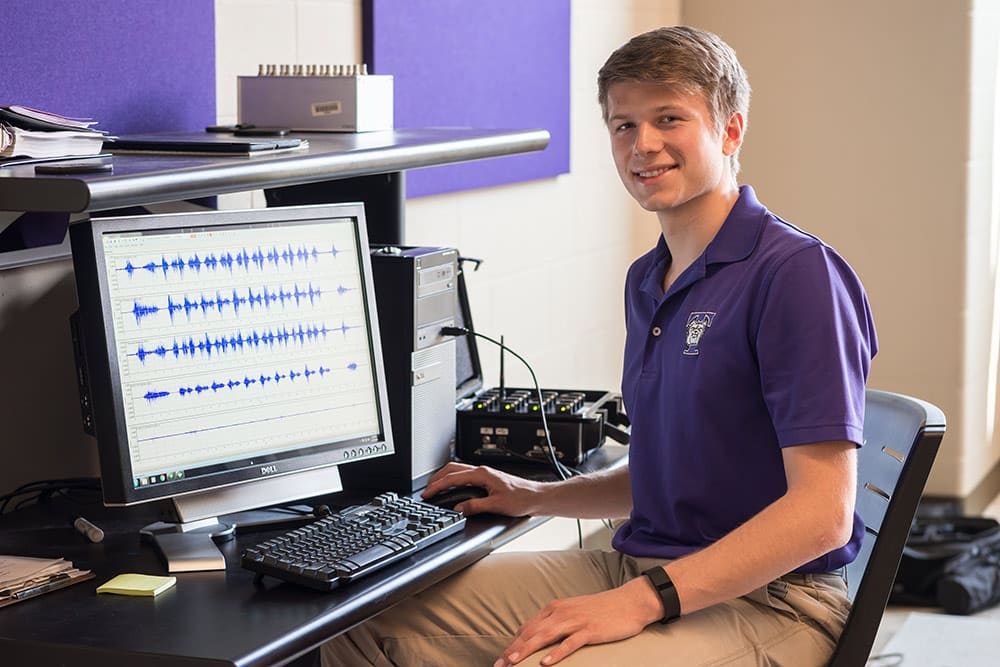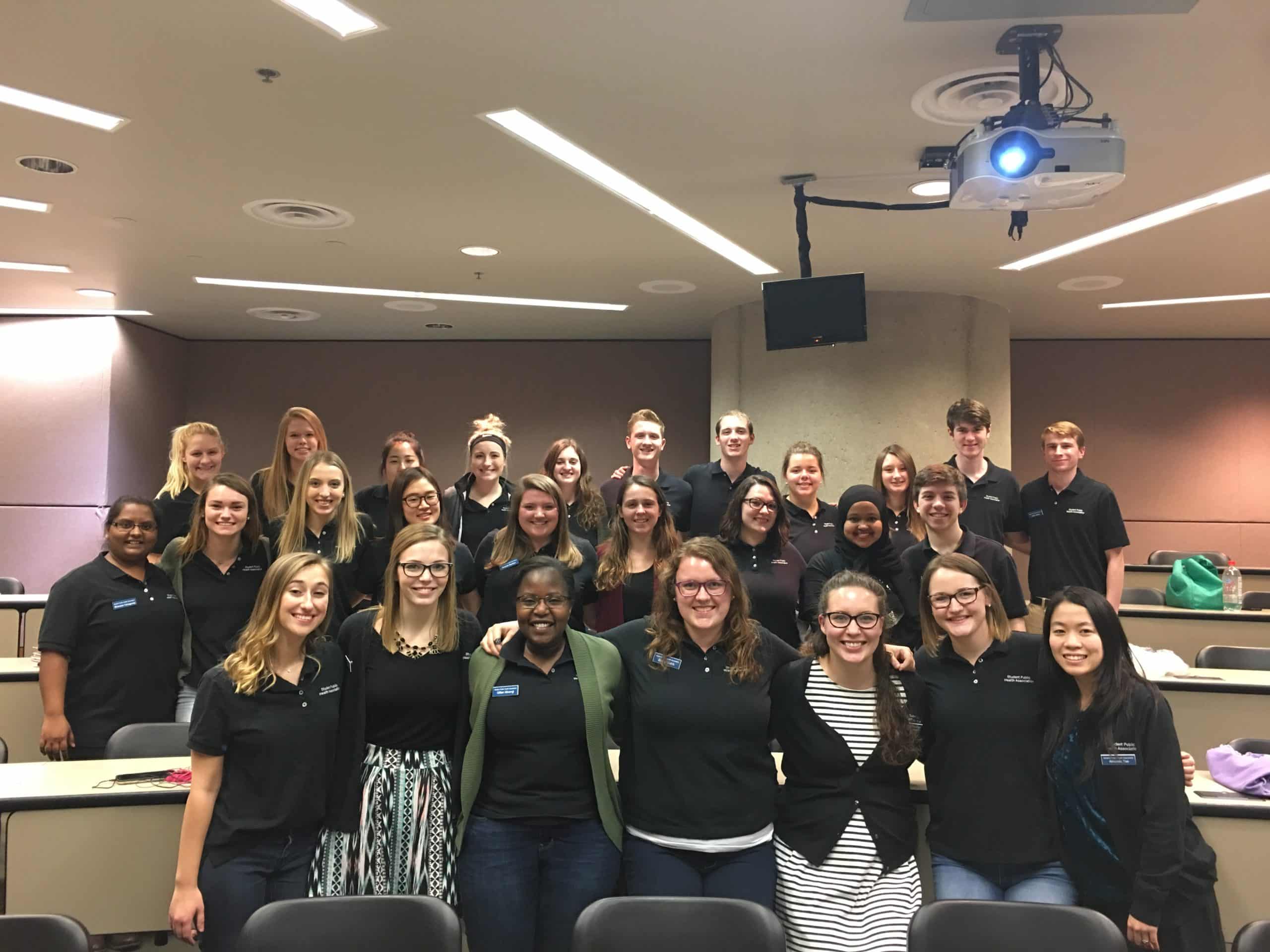
Truman’s Health Science program offers comprehensive education in realms of human life, health, and well-being. Our professors guide, mentor, and challenge our students through their goals of making a difference in the world. Students leave prepared with strong academic ability and character to become agents of change in health-related fields.
Academic Programs
Articulation Agreements
Truman has articulation agreements with prominent physical therapy, medical, and occupational therapy programs. These agreements provide eligible Truman students with special advantages in the admission process for graduate programs.
Multidimensional Learning Environment

Undergraduate Research
Students in Truman’s Health Science program can apply classroom knowledge to research in the lab setting. Research opportunities also allow you to gain valuable mentorship from your professors.

Internships
Truman offers students the opportunity to complete an internship prior to graduation. Whether you concentrate in pre-med, occupational therapy, public health, or physical education, these opportunities offer a deeper understanding in your area of specialization.

Student Organizations
Getting involved in groups, such as Phi Epsilon Kappa, a professional fraternity, and the Student Public Health Association can help you build connections to expand your network.

Hands-On Learning Spaces
Participate in interactive dissections and virtual arthroscopy in the Virtual Anatomy Lab. Learn about human motion, muscle activity, and kinematics in the Piper Movement Analysis Lab. Measure aspects of human exercise function working in the Human Performance Lab.

Hear From Our Graduates
What Do Truman’s Health Science Graduates Say About Their Truman Experience? Recent Health Science graduates have taken positions helping others and continuing their education at schools like Washington University in Saint Louis.
Virtual Tour